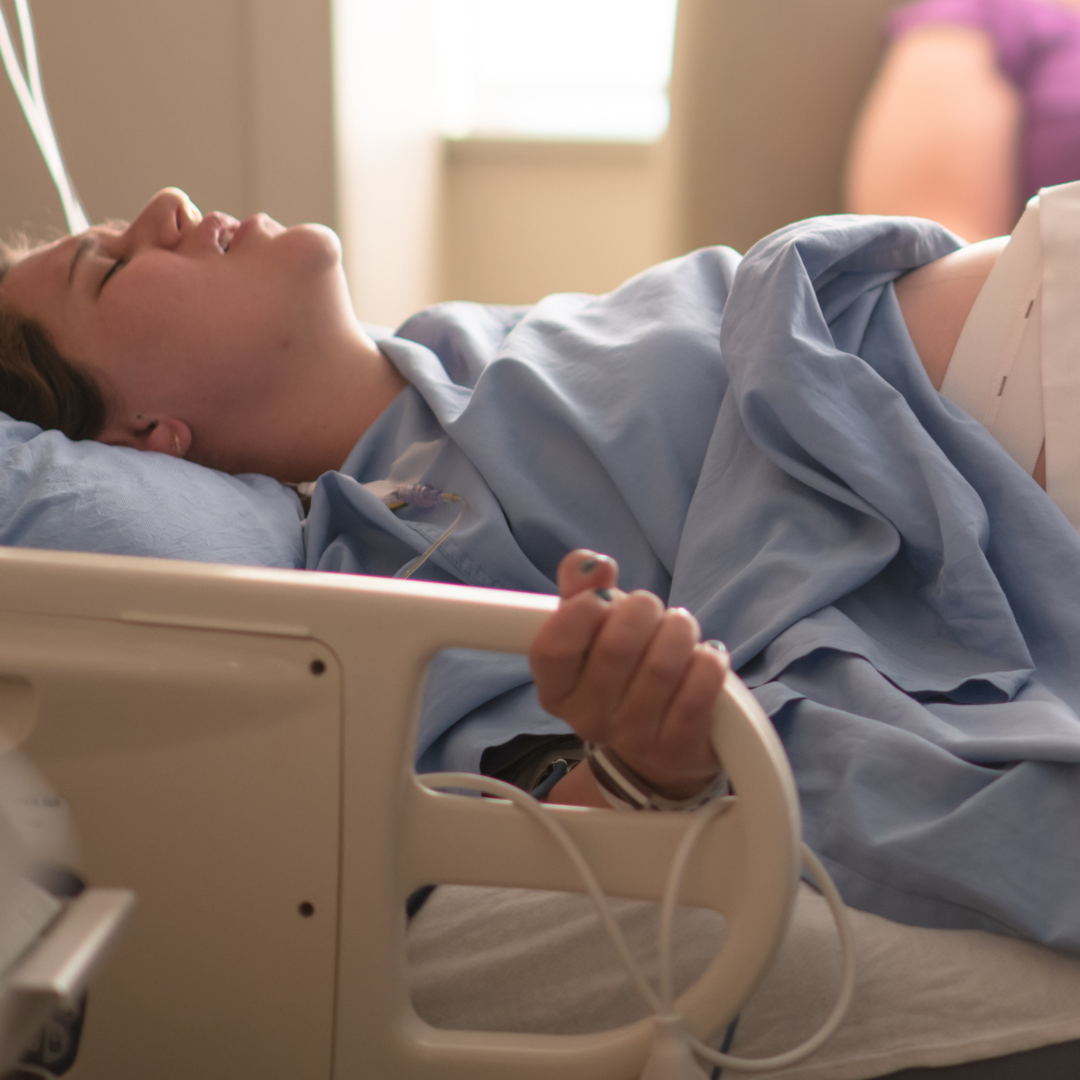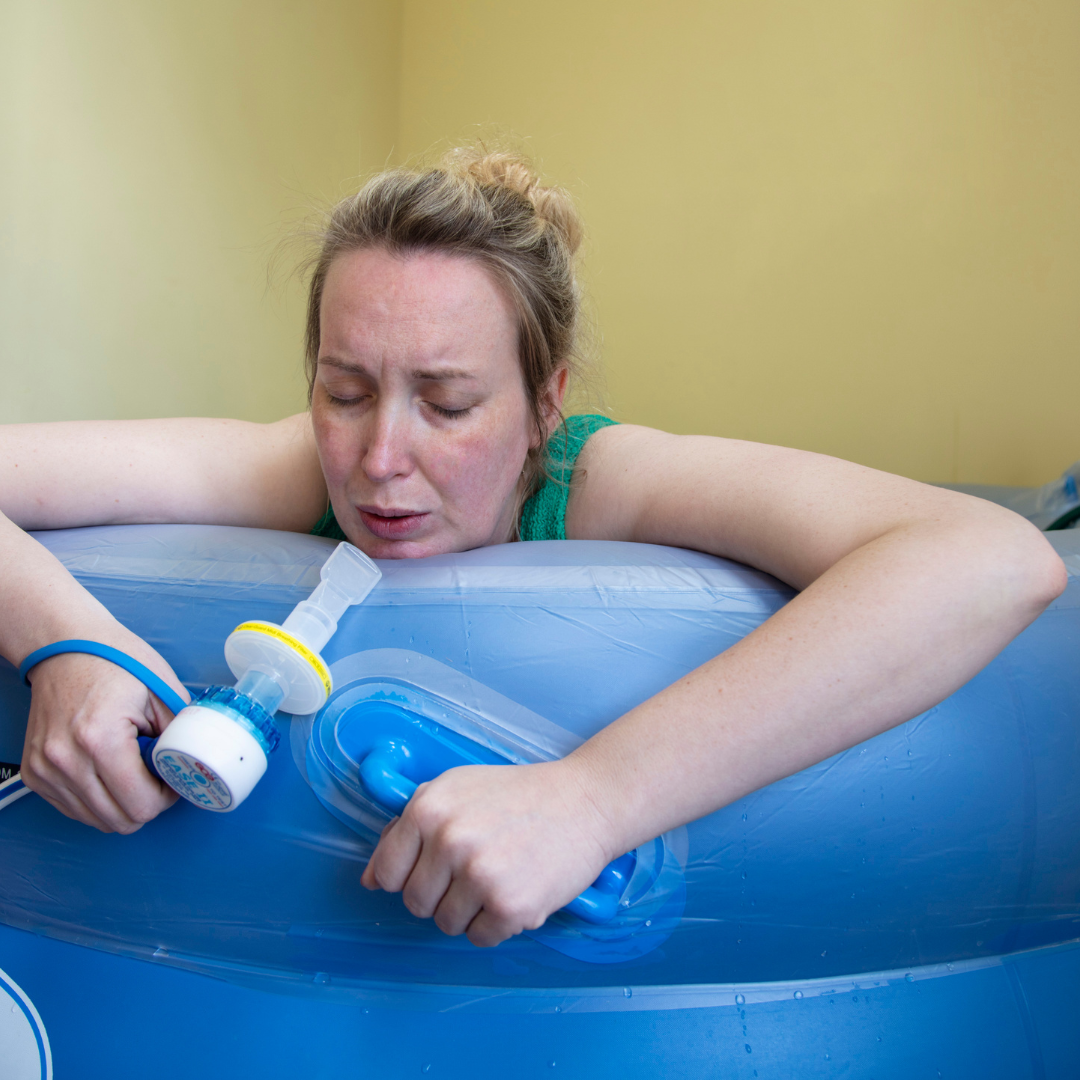How Royal Trendsetting Changed How Women Give Birth Today
Did you know that the most common birthing position used today with women lying on their backs with their legs in stirrups is mainly down to two royal influencers from the 17th century?
Let’s journey back in time to discover why this way of giving birth evolved. Buckle up! It’s going to be an interesting and somewhat frustrating ride!
The Royal Influence of King Louis XIV
In the 17th century, King Louis XIV of France was not just a trendsetter in fashion and culture, he was also a trendsetter in childbirth. Yes, you read that right – childbirth!
Back in those days, giving birth was more of a private affair attended only by female midwives with the birthing woman labouring in a more upright position, for example, standing, squatting, or sitting on a birthing stool.
But King Louis XIV had other ideas! He insisted on being present during the births of his children, setting a new standard for childbirth practices. He didn’t think it was very ‘Royal’ to watch birth unfold at floor level. He preferred his queens and mistresses to give birth lying on their backs, a position that became synonymous with royal births. And, just like today with Hypnobirthing being made more popular by our more modern day Royals, if it was good enough for a lady of court, it was good enough for everyone else!
Enter Doctor Francois Mauriceau
Also in the 17th Century, Doctor Francois Mauriceau, a pioneering obstetrician was making waves in the medical world. Drawing inspiration from King Louis XIV's preferences, Doctor Mauriceau advocated for women to give birth lying on their backs. In fact, he published several books in the late 1600’s that reinforced the idea. This marked a significant shift from traditional UFO, (upright, forward leaning, and open) birthing positions that had been common for centuries. He argued that lying on one's back facilitated the birthing process by providing better access for the attending physician or midwife.
While Mauriceau's intentions were undoubtedly to improve childbirth practices and outcomes, the widespread adoption of the supine position had long-lasting consequences yet still, this position became the standard approach in many Western societies, despite evidence suggesting that alternative positions, such as squatting or kneeling, may be more natural and beneficial for the woman actually birthing a whole new other human!
The effect on the modern mum-to-be
Lying on your back, on a bed, is evidenced as often being a hinderance to the progress of labour. The pressure of the baby's weight on the woman’s spine and pelvis can impede blood flow to the uterus and hinder contractions, leading to a more prolonged labour and increased pain levels for the woman and distress for baby.
This position is also linked to an increased risk of perineal tears and pelvic floor damage as the mobility of the pelvis is restricted and the movements the baby goes through as they descend can often cause challenges. In contrast, alternative positions, such as squatting or kneeling, with knees facing inwards and ankles turned out (KICO) can help widen the pelvic outlet, reduce the need for interventions like episiotomy, forceps or vacuum extraction, and decreases the likelihood of tearing.
I find it incredibly frustrating that even though these issues are widely known and understood in modern medical practice, the supine position is still highly encouraged in modern obstetrics, in part due to historical and cultural influences. It’s the patriarchy, I tell you!
Times are a changing!
However, through proper birth education, women are becoming more confident in trusting their instincts and are empowering themselves through the knowledge they gain. And thankfully, there is a growing recognition that women should have more choice and autonomy over their birthing experiences. Many healthcare providers now encourage women (and so they bloody should), to explore different positions during labour and birth, enabling them to find what works best for their bodies and preferences.
So, in summary, lying on your back to have a baby, as promoted by King Louis XIV and Doctor François Mauriceau, has a complicated history. Although their ideas have greatly affected how babies are born for a long time, it's important to think carefully about how these old customs impact healthcare today and ultimately your birth experience. By looking at birth in a broader way and recognising that every woman's experience is different, things will change, making giving birth a safer and more empowering experience for everyone.
Your Birth, Your Choice
If you’re pregnant and reading this I want you to remember that you have the power and the right to choose what feels right for you. Whether it's a water birth, standing, squatting, or yes, even lying on your back – the choice is yours.
Join the empowered birth revolution
If you want to learn more about birthing practices, techniques, and how to work with your body during labour, why not think about joining one of my Antenatal and Hypnobirthing courses. Each session is designed to leave you feeling more informed, confident, and supported. Sign up today and start looking forward to the day you meet your baby.
Sources:
https://www.ncbi.nlm
.gov/pmc/articles/PMC4119707/ - "The evolution of childbirth positions: A review of evidence from ancient texts to modern practice"
2. https://obgyn.onlinelibrary.wiley.com/doi/full/10.1111/j.1471-0528.2004.00168.x - "The birth chair controversy: An obstetrical debate in 18th‐century France"
https://www.ncbi.nlm.nih.gov/pmc/articles/PMC6441663/ - "Position in the second stage of labour for women without epidural anaesthesia"
https://www.ncbi.nlm.nih.gov/pmc/articles/PMC5104132/ - "Maternal positions and mobility during first stage labour"
https://www.ncbi.nlm.nih.gov/pmc/articles/PMC4059928/ - "The relationship between maternal pelvis depth and body mass index and the risk of cesarean section: A prospective multicentre study"




